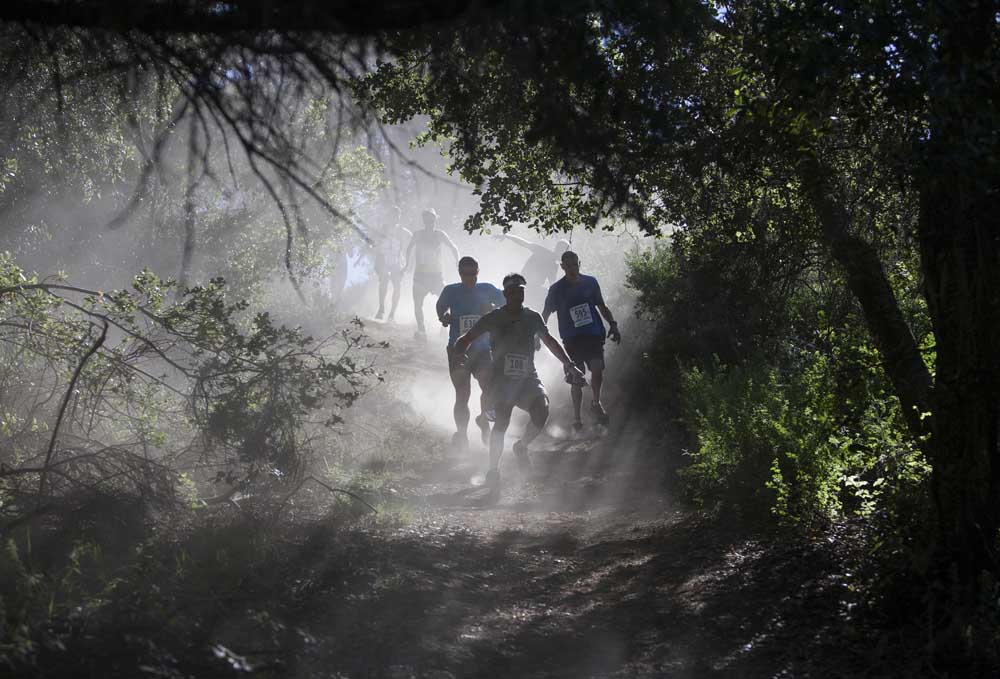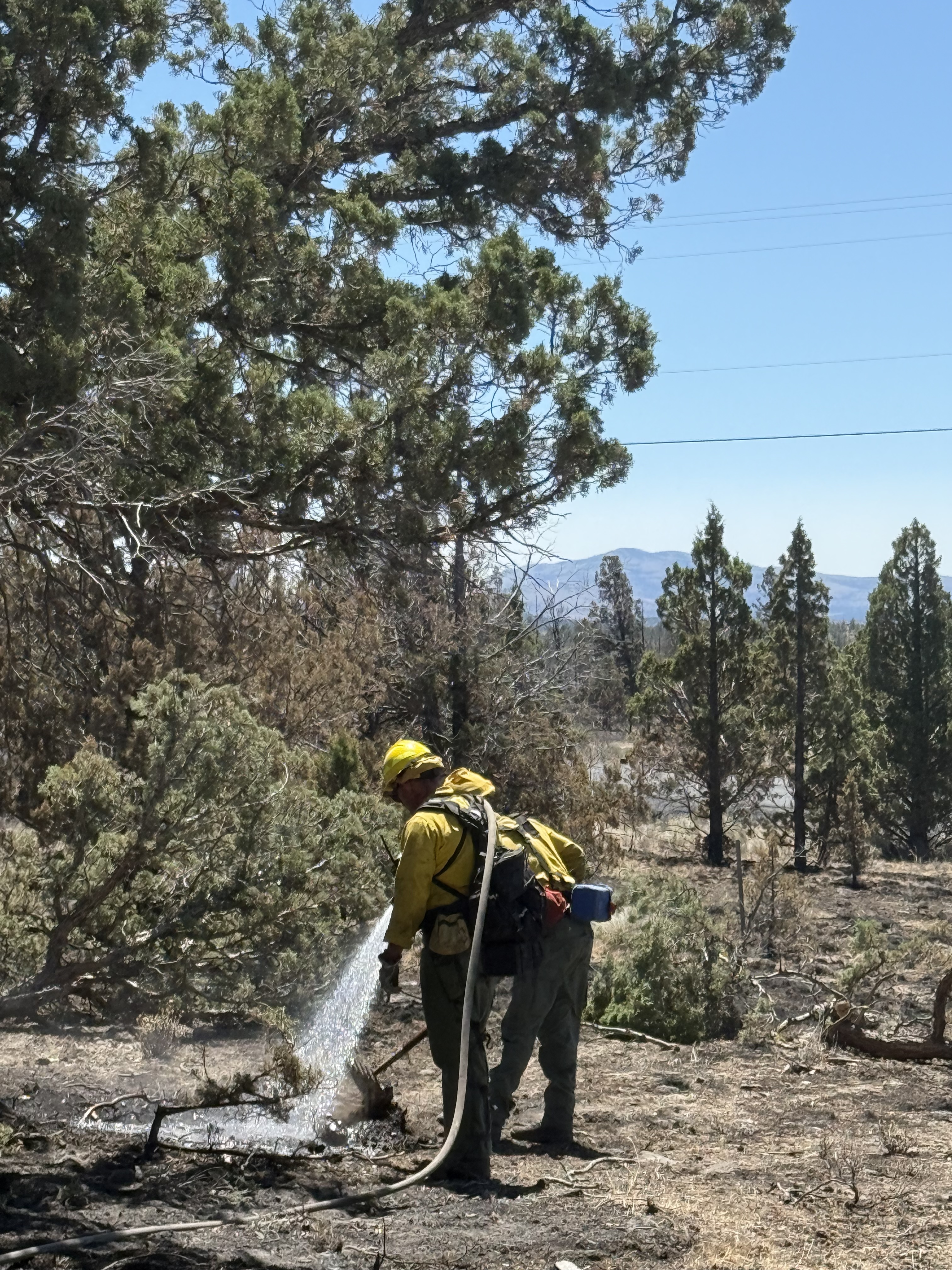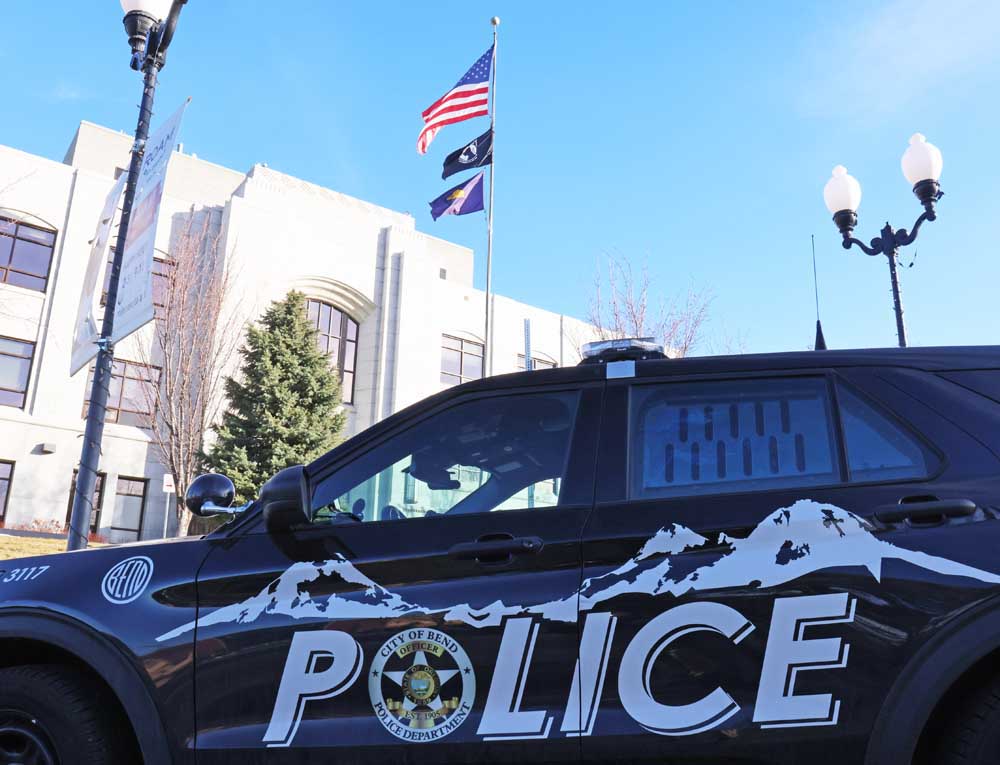At Dipsea, ‘you’re either the hunter or the hunted’
Published 12:00 am Monday, June 18, 2018

- Runners stir up dust as they careen down a shortcut section of the Dipsea race known as Suicide in Mill Valley, California, on June 10. Winners of the treacherous plunge toward the ocean over the past decade include an 8-year-old girl (barely beating a 68-year-old woman) and a 72-year-old man. (Frankie Frost/The New York Times)
STINSON BEACH, Calif. — The toughest part of the Dipsea, said to be the country’s oldest trail-running race, might not be the first mile, which contains nearly 700 stairs rising through the forests above Mill Valley on the Northern California coast.
It is not the drop into Muir Woods, or the steep rise up Dynamite, so named because your churning legs might feel ready to explode. And it is not even the next big hill, called Cardiac. (If your legs have not burst, maybe your heart will.)
Trending
It is not the treacherous plunge toward the Pacific Ocean, the crooked depths and broken steps of Steep Ravine, even the poison oak that crowds the skinny trails and tickles the legs before blooming into a post-race rash. And it is not the course’s maze of permissible shortcuts, like the one named Suicide, that give locals an advantage, as long as they stay upright and do not get lost.
No, unexpectedly, the toughest part of the 7.5-mile Dipsea, a topographically schizophrenic romp that was first run in 1905, could be mental. It is knowing that the slowest runners are given head starts and the fastest ones begin at the back. It is like unloading a zoo’s worth of animals in reverse order of mobility and releasing the cheetahs at the end.
The race is handicapped in an unusually calculated attempt to get the top runners in every age group to the finish line at the same time. The youngest children and the oldest adults are stacked at the front. The fittest, fastest men are at the back, released 25 minutes later. Everyone else starts in waves in between, distributed by a complex algorithm of gender and age. A different wave is released from the starting line every minute, each one (theoretically) moving faster than the one before it.
“It’s a very different dynamic,” said Alex Varner, a 32-year-old who, before this year’s race on June 10, had the fastest Dipsea time seven times — but had never won, not quite able to sprint and maneuver past every one of the 600 to 700 competitors who started in front of him. “You’re either the hunter or the hunted.”
That is how the winners over the past decade include an 8-year-old girl (barely beating a 68-year-old woman) and a 72-year-old man.
And that is how I started this year’s race five minutes behind the defending champion, a 47-year-old woman named Chris Lundy.
Trending
Dipsea organizers placed me, comically, in the “invitational” section for accomplished runners, rather than the broader “runner” section behind it. Starting in the thick of the competitive pack would provide a better perspective of the race. At my age, 50, with a six-minute head start in front of the “scratch” runners — those in the last group, men ages 19-30 — most of the invitational section would start in front of me, including all the women.
I live not far from where the race takes place, and I jog the hills a few times a week, 5 or 6 miles at a time. Barry Spitz, author of “Dipsea: The Greatest Race” and the longtime finish-line announcer, asked me over coffee last month what other races I regularly run. Well, none, really, I said.
He silently and skeptically scanned me from head to toe and back again.
“I don’t mean to be negative, but you probably won’t pass anyone,” he said.
In 1904, as Spitz tells it, more than 30 years before Marin County was connected to San Francisco by a bridge across the Golden Gate, someone had the idea of racing between the Mill Valley train depot and the Dipsea Inn, on the sand of what later became Stinson Beach.
There was no course, just wild terrain and a few scattered trails up and around the shoulders of 2,571-foot Mount Tamalpais. A man named Charles Boas apparently beat another named Alfons Coney and, deemed a success, the two-man event was renewed into an annual race beginning in 1905. It is considered the second-oldest major running race in the country, behind the Boston Marathon, which started in 1897.
Organizers made two monumental decisions at the outset. One was not setting a precise route; runners could create their own path, deciding if a shorter but steeper incline, for example, was better than a longer way around.
The second and more notable decision was the use of head starts.
“Sometimes it’s the right thing to do to give other people a better chance to win,” said James Weil, an MIT-educated engineer who has been the Dipsea’s handicapper for about 40 years.
Weil uses historical race data to conclude, for instance, that 60-year-old men should be placed in the same starting group as 12-year-old girls and women ages 45 to 48, all leaving the starting line 12 minutes before the scratch runners.
Theoretically, if you are the best among your age and gender, you could finish first.
“I want the winner to win by less than a minute,” Weil said. “I want the top 10 finishers to have started in different groups. And I want a representation of women in the top five. The fourth criteria, which is really difficult, I would like a scratch runner in the top 10. I don’t think I’ve done all four. I’ve done the first three.”
Handicapping, and the headache of starting at the rear, is one reason most world-class runners do not bother with the Dipsea. Besides, there is no prize money. A scratch runner has not won the race since 1966.
The local flavor makes the Dipsea feel like a throwback in an era of gimmicky races. The starting area in Mill Valley on every second Sunday in June has the mellow air of a farmers market, not a major sporting event. The race has no costumes, no man-made obstacles, no music. Sponsor names are not strewed about the course or the back of T-shirts. (“We like the shirt to look like a race shirt, not a billboard,” said Edda Stickle, the race director.) There is no encampment of sponsor tents and giveaways at the beachside finish.
The Dipsea is routinely approached by big-name sponsors, including one recently, offering lots of money and outfits for the army of volunteers.
“It’d be the so-and-so Dipsea Race,” Stickle said, dismissively. “We said thank you, but this will be nothing but the Dipsea race.”
I never saw Varner go past. But less than a mile into the race, climbing staircases so long that the top cannot be seen from the bottom, I was aware that dozens were passing me. They were getting younger by the minute.
Nobody gobbled up more runners than Varner, who began with a one-minute head start on the scratch runners. He ran at Davidson College in North Carolina and finished 26th at the 2013 Boston Marathon. He lives in Marin County, does a few trail races a year, and seems pleasantly unbothered by his inability to win the Dipsea.
Despite one of his fastest times ever, 48:51, and the race’s overall fastest time for the eighth time, Varner finished in second place, again, this time 15 seconds behind Lundy.
“I was closer than I was last year, but she’s such a strong runner,” Varner said. “I ran what I hoped to run. No complaints.”








